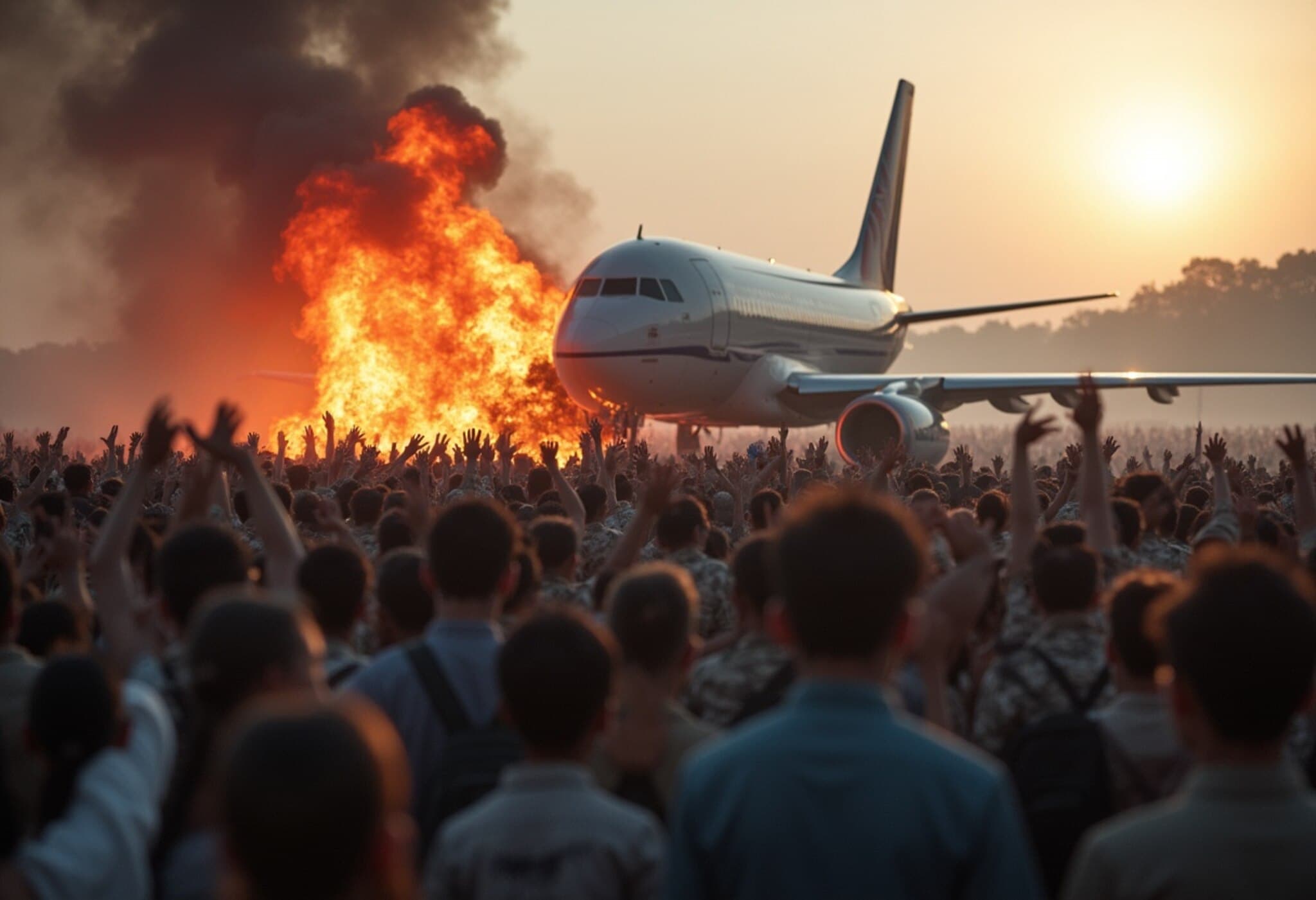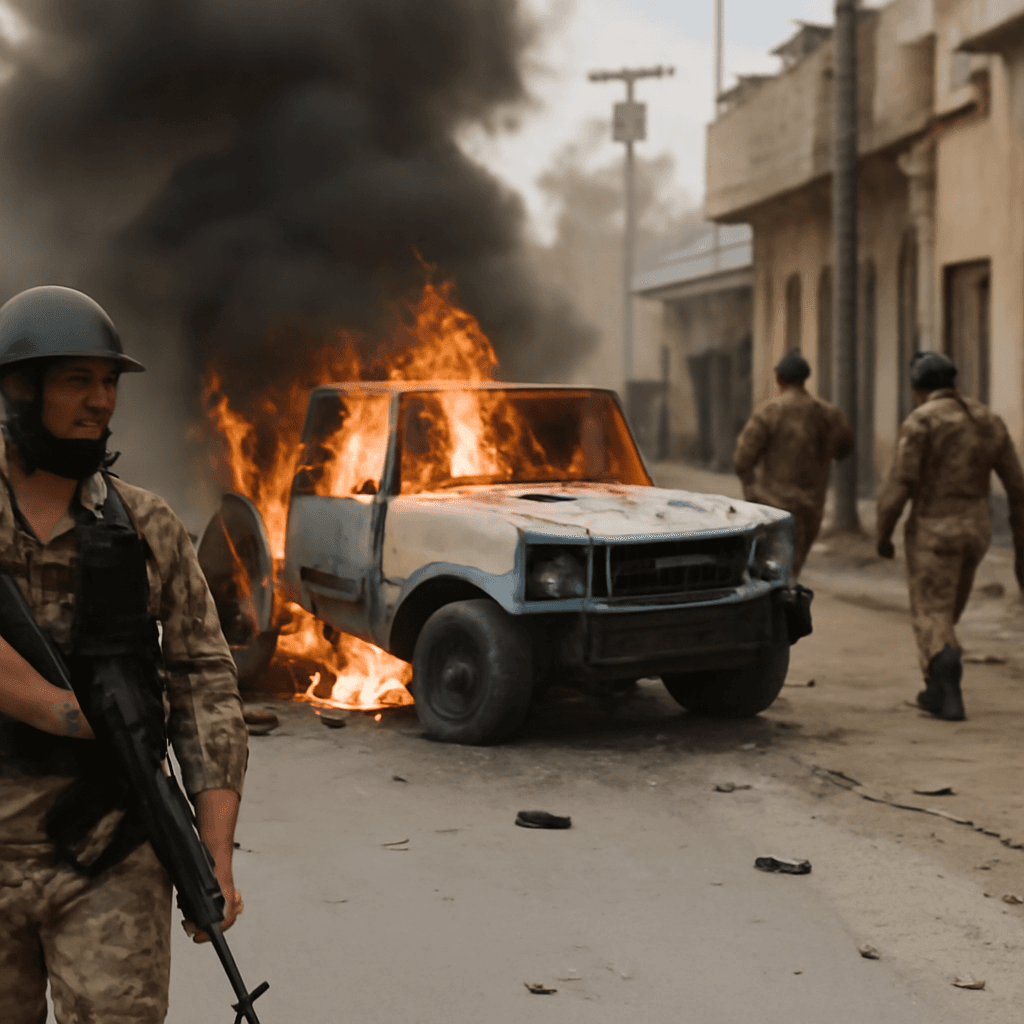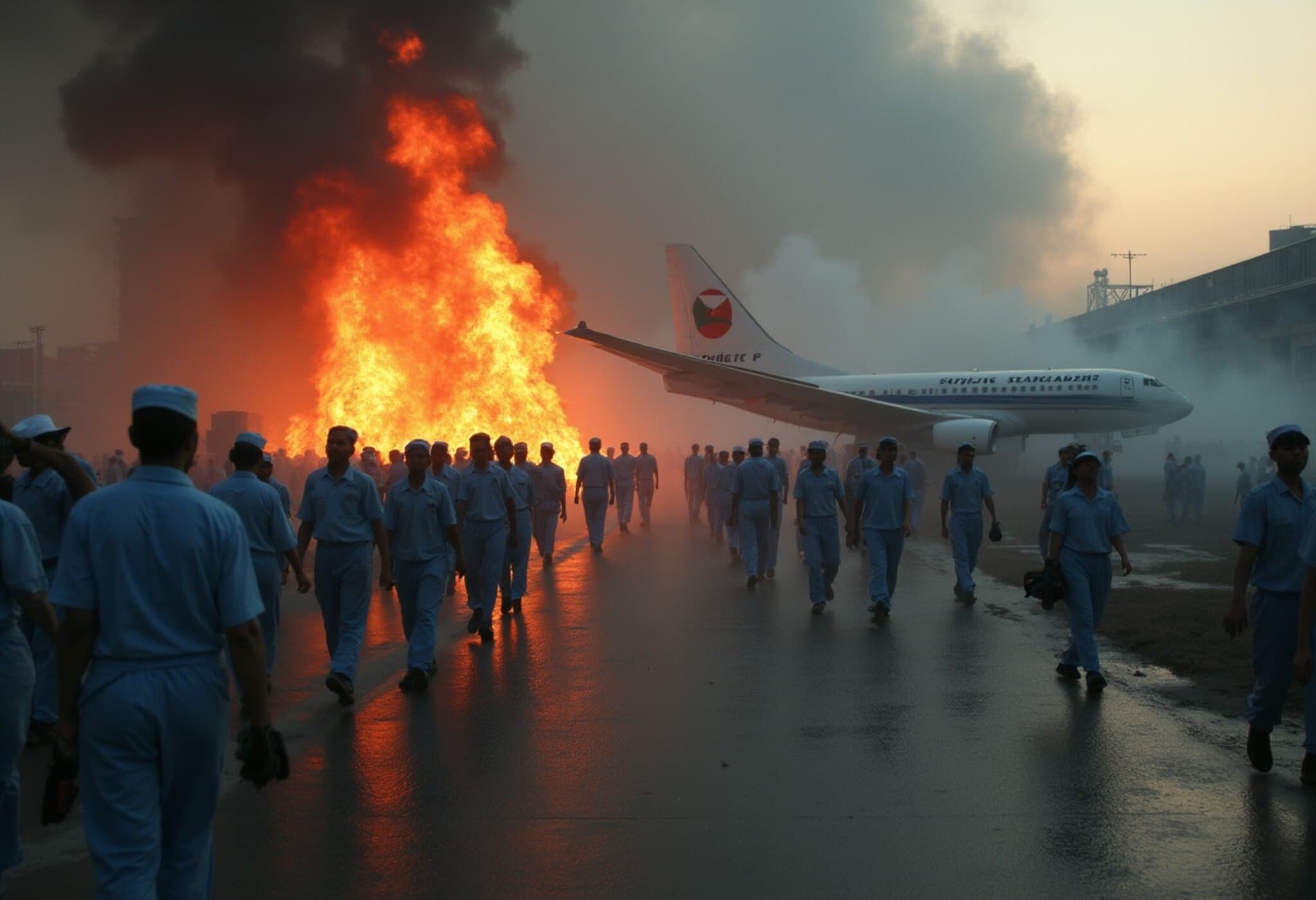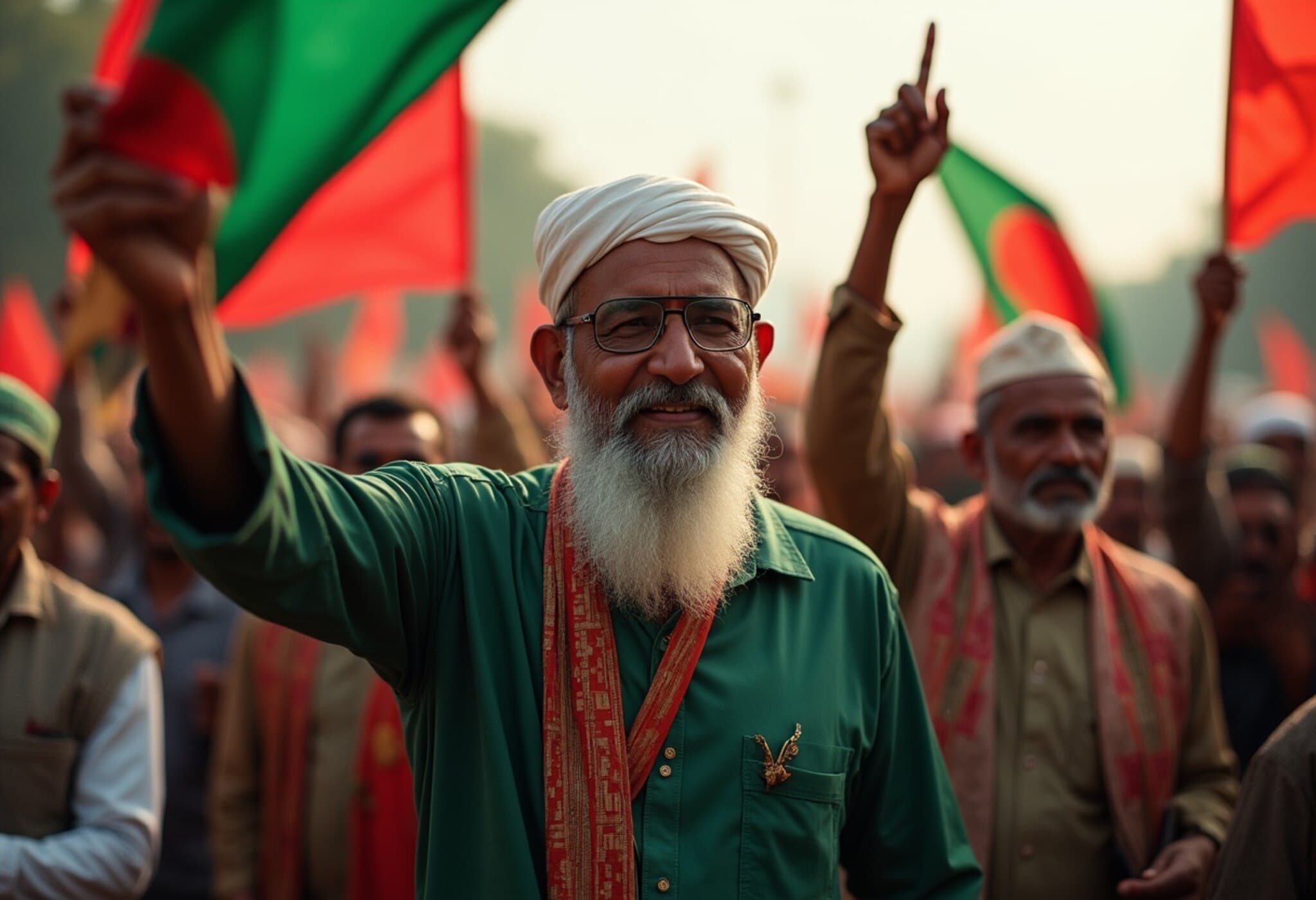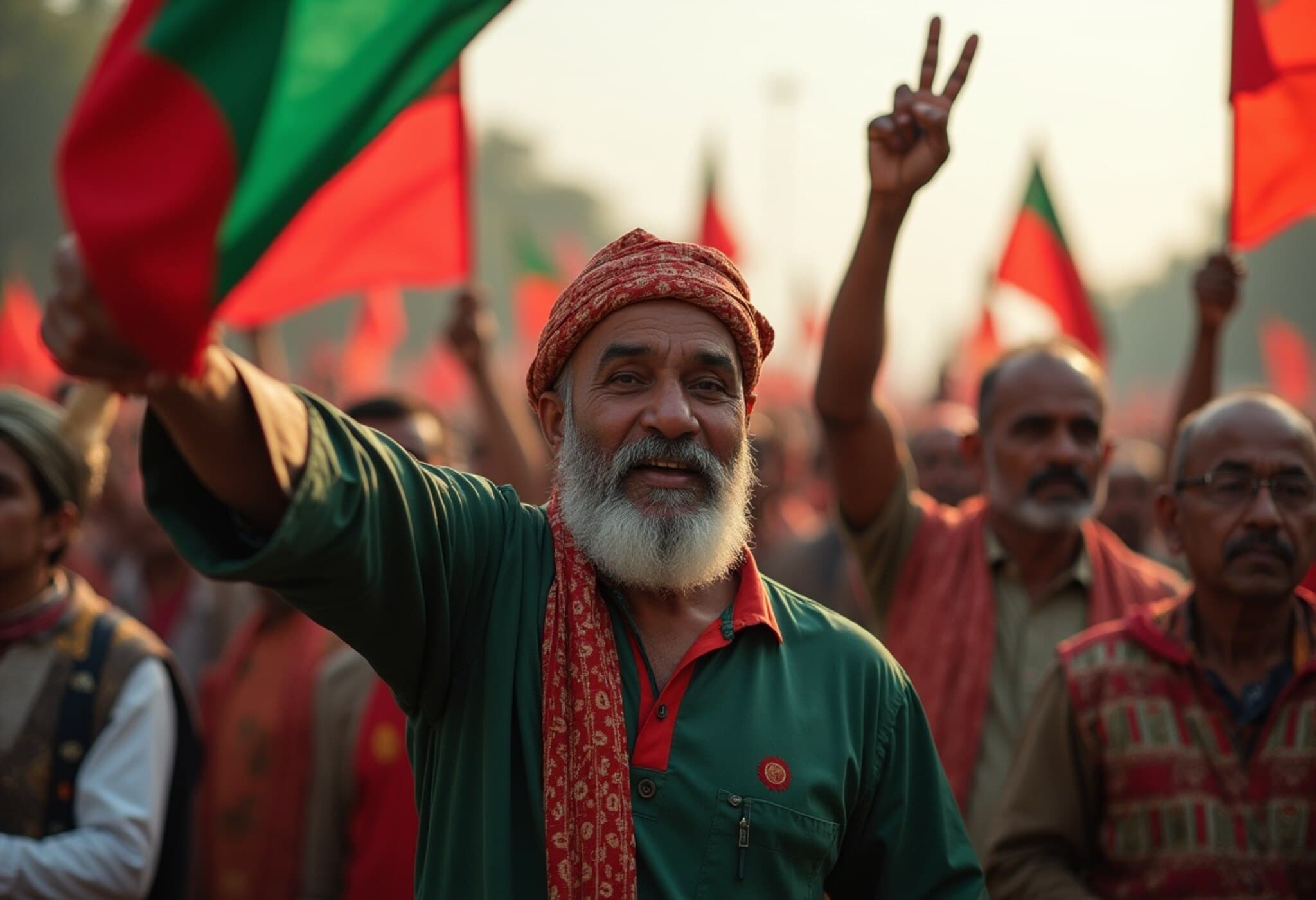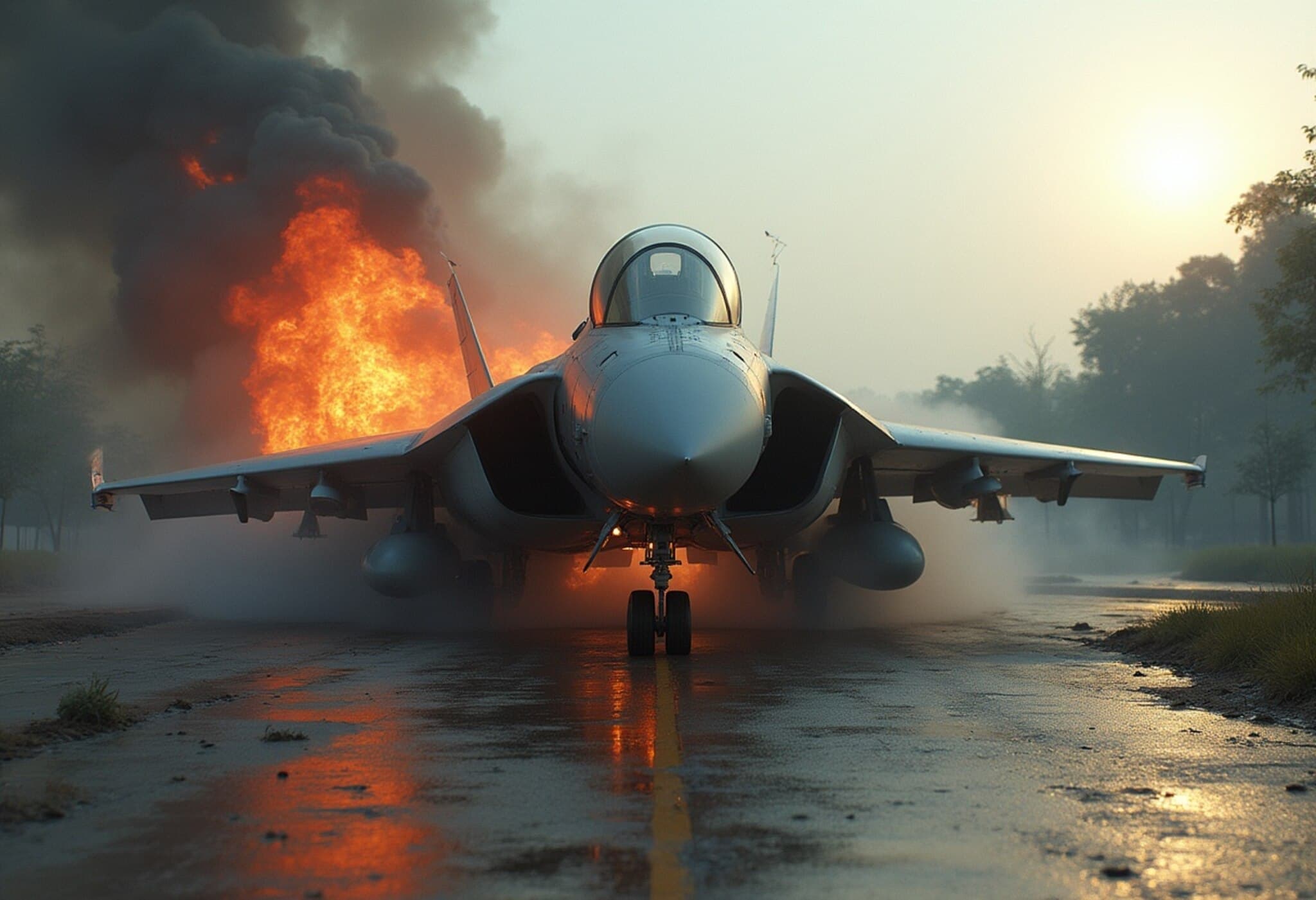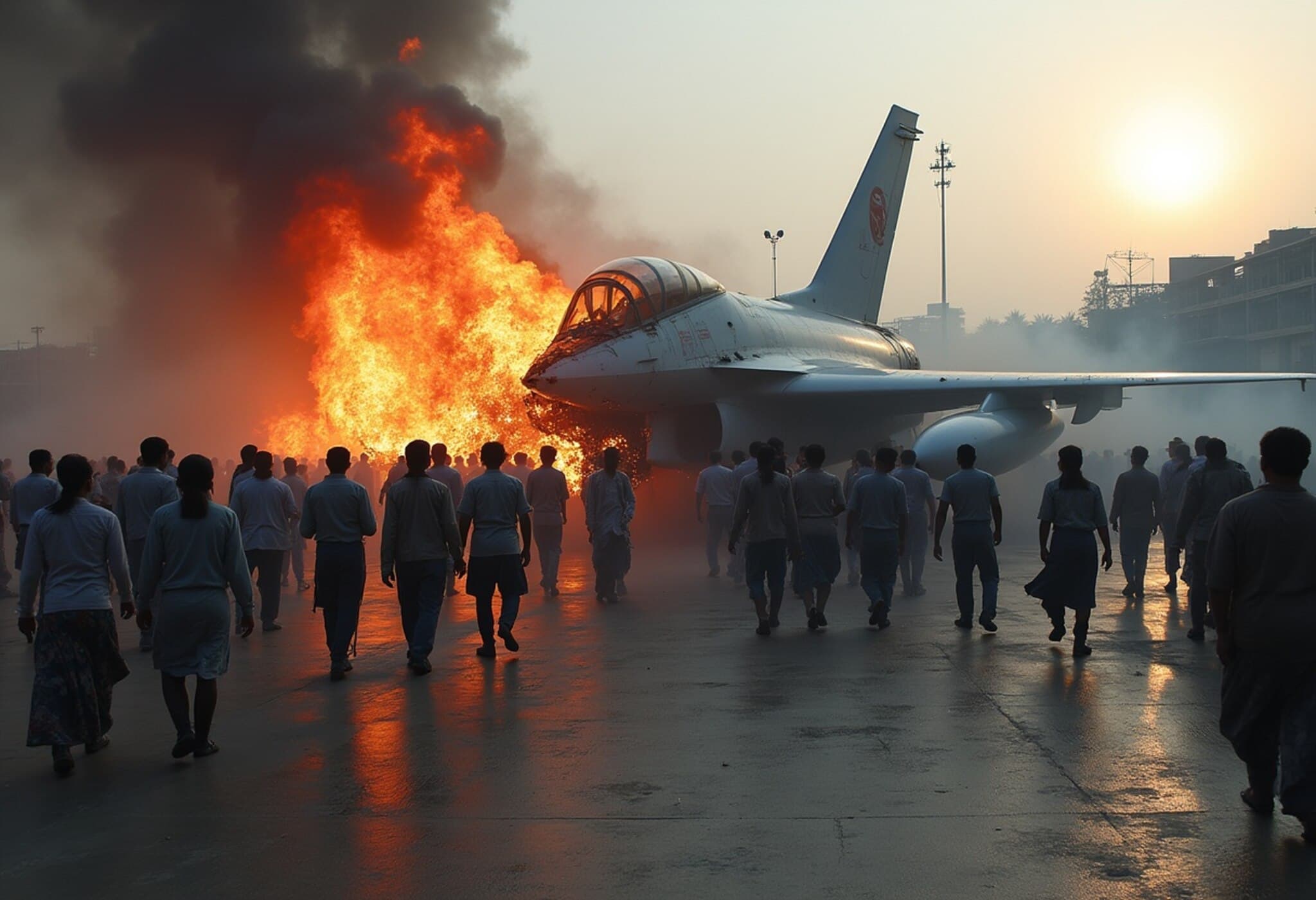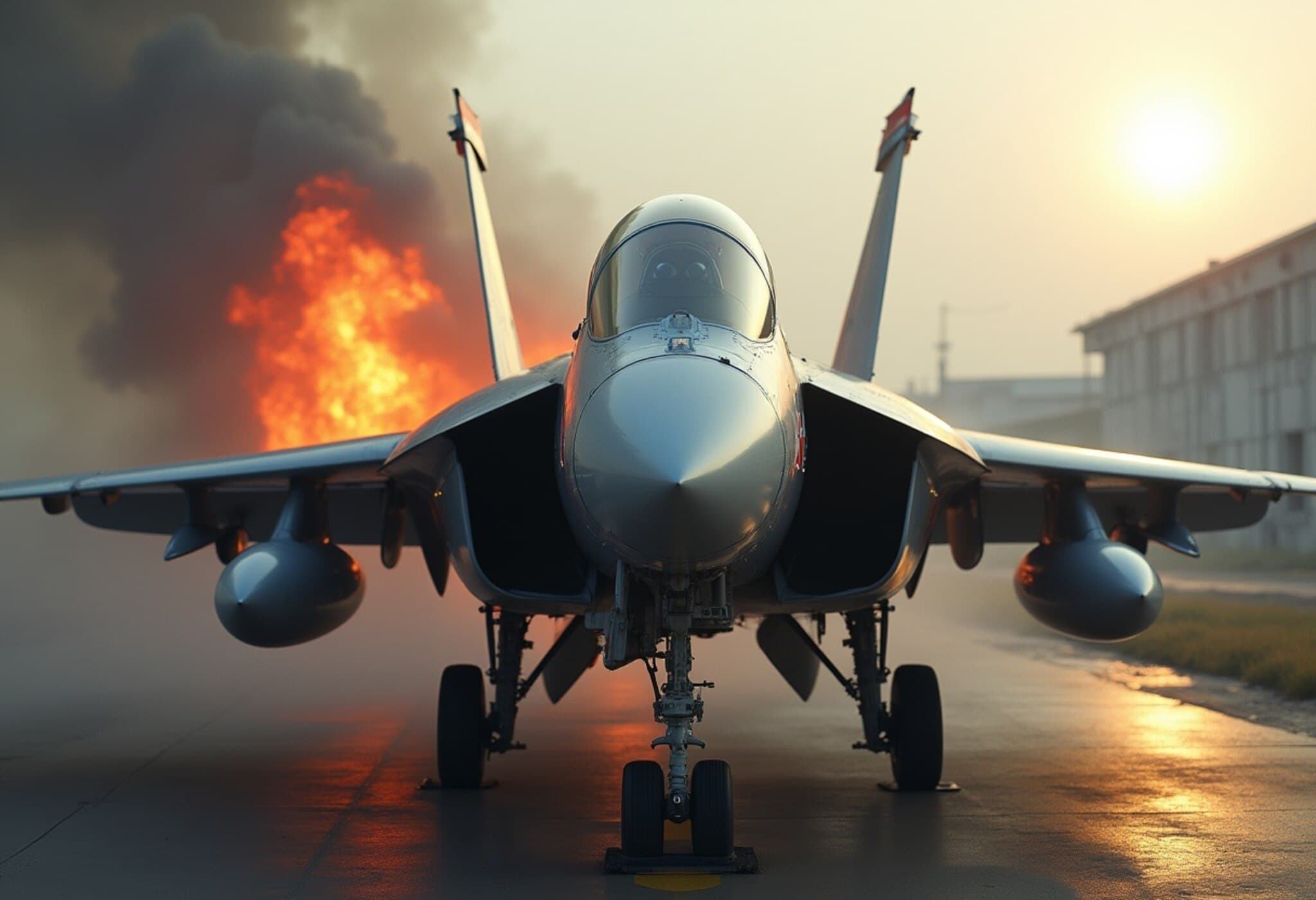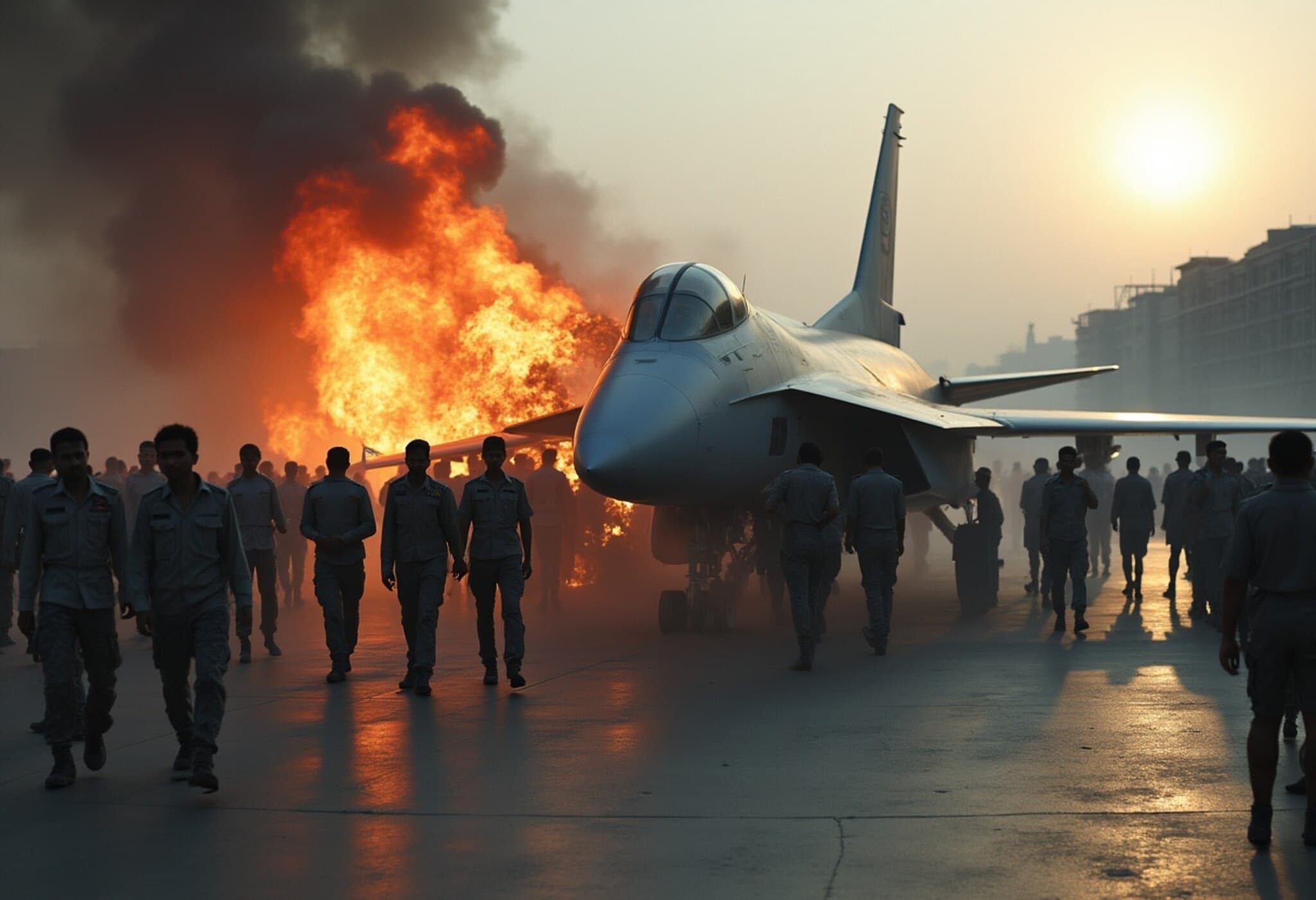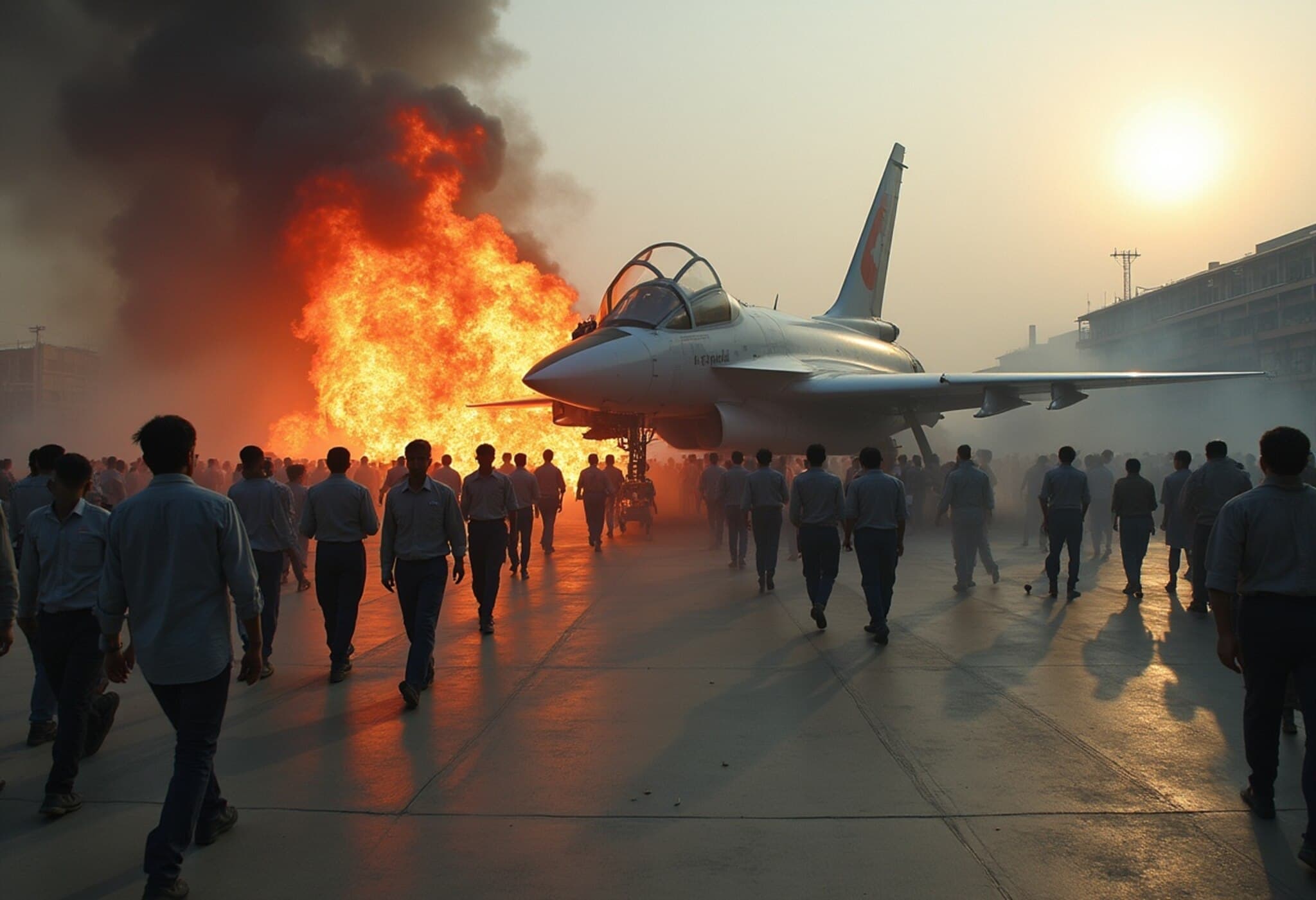Outrage and Grief: Bangladesh Students Demand Accountability After Deadly Air Force Jet Crash
In the heart of Dhaka, a tragic air force training jet crash has ignited a wave of student protests, highlighting deep frustrations over aviation safety and government transparency. On July 21, 2025, a Chinese-made F-7 BGI training aircraft crashed into Milestone School and College's building, killing 32 people – including 29 students, two teachers, and the pilot on his first solo mission.
Protests Surge Amid National Mourning
By Tuesday, hundreds of anguished students gathered near the crash site in Uttara, a bustling Dhaka neighborhood, vocally demanding full disclosure of casualties, just compensation for families, and an immediate suspension of what they call “outdated and unsafe” training jets used by the Bangladesh Air Force. Their demonstrations disrupted traffic and brought renewed tension to a city still healing from last year’s student-led upheaval that toppled a prime minister.
Tensions escalated further when students took refuge inside government buildings, including the Bangladesh Secretariat, demanding greater accountability. Security forces deployed tear gas and stun grenades to disperse protestors, with media outlets reporting approximately 80 students injured from clashes involving baton charges.
The Human Toll Behind the Crash
First responders rescued 171 individuals, mostly students, many suffering severe burns. However, the death toll rises steadily as those critically injured succumb to their wounds. Among the deceased was Maherin Chowdhury, a heroic teacher who saved over 20 children from the burning building but later died of extensive burns.
Eyewitness accounts from survivors evoke harrowing scenes — students recalling flames engulfing their classrooms and classmates lying lifeless amidst the rubble. The community grapples with profound grief and questions about safety standards and emergency preparedness.
Official Responses and Unanswered Questions
The Bangladesh military confirmed the crash was due to a "technical malfunction" shortly after takeoff from the A.K. Khandaker air force base. They lauded the pilot, Flight Lieutenant Mohammed Toukir Islam, noting his efforts to steer the plane away from densely populated areas before impact.
However, students and relatives demand a transparent investigation, underscoring the need for accurate casualty counts and criticising the government’s delay in communicating vital information. Notably, students accused security forces of aggressive treatment of protestors and educators during demonstrations, claims that officials have yet to address publicly.
Calls for Reform: Safety in Military Aviation Training
Bangladesh has operated Chinese-built F-7 BGI aircraft since 2013, with the current fleet aging and raising concerns among aviation experts and the public alike. This accident reignites pressing questions about the adequacy of pilot training programs and the safety of legacy military equipment.
Such crashes not only cost precious lives but also shake public confidence in national institutions. The incident spotlights the urgent need for a comprehensive review of aviation safety protocols, particularly in training environments where inexperienced pilots face heightened risks.
International Support and Regional Implications
India, despite diplomatic strains following last year’s political upheaval in Bangladesh, announced plans to dispatch specialized medical teams to assist burn victims. This gesture highlights the complex interplay of humanitarian concern and geopolitical dynamics in South Asia.
The tragedy underscores the broader challenge faced by developing nations balancing modernization of military assets with resource constraints, and the human costs when systems falter.
Expert Commentary: Navigating the Path Forward
From a policy perspective, this incident should act as a catalyst for Bangladesh’s interim government and military leadership to enhance transparency and prioritize safety reforms. Aviation safety experts emphasize that maintaining an aging fleet without robust oversight can have devastating consequences—not only human but also socio-political.
Furthermore, the government's response to civil unrest reflects ongoing tensions in Bangladesh’s fragile democratic institutions, emphasizing the need for inclusive dialogue with youth populations and stakeholders to restore trust.
Summary and Looking Ahead
- 32 lives lost in Dhaka’s deadliest recent air crash, predominantly students and educators.
- Student protests demand transparency, justice, and safety reforms in military aviation.
- Government and military investigations launched amid calls for independent technical reviews.
- International aid, including medical expertise from India, mobilized to support victims.
- Incident highlights critical challenges in maintaining aging military training aircraft and managing public trust.
As Bangladesh mourns, the conversation around aviation safety, government accountability, and youth activism continues. The tragedy serves as a stark reminder of the vital need for vigilance, modern equipment, and open communication in protecting citizens, especially students—the nation’s future.
Editor’s Note
This devastating incident exposes the fault lines where technical failure, institutional transparency, and youth engagement intersect. How will Bangladesh’s interim government address these demands amid looming elections? What reforms in military pilot training and equipment procurement are essential to prevent further tragedies? And critically, how will the voices of students, often the spark of change yet vulnerable in such crises, shape the country’s path forward? These are questions that go beyond headlines and call for sustained attention.

